Series of Lenses Developed for Use With 3.45μm Resolution 2/3” (IMX264) Cameras

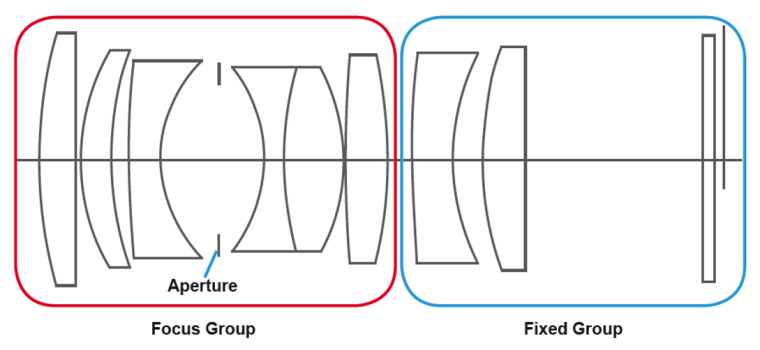
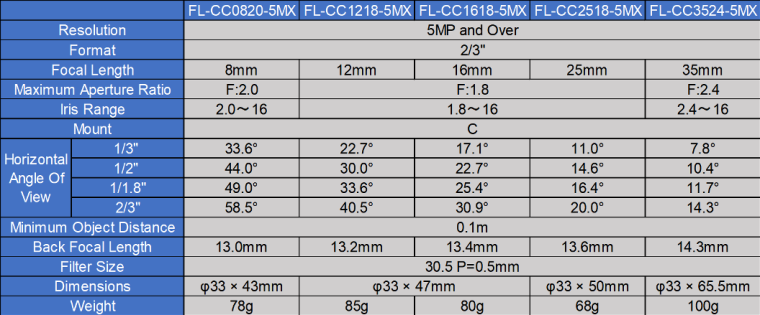
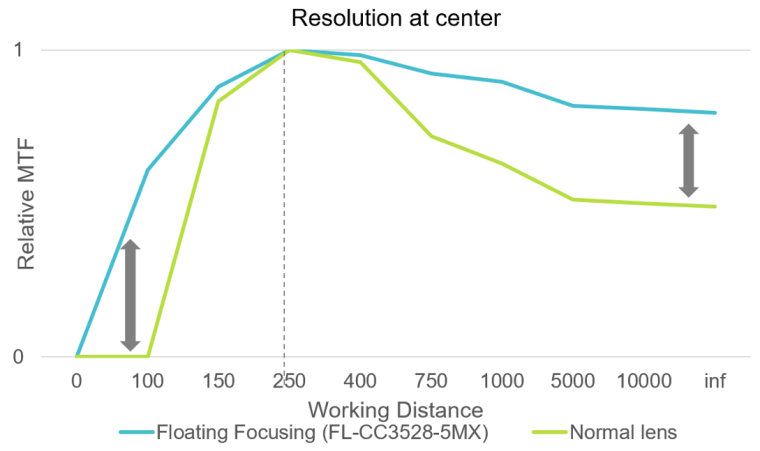
High-performance lenses are mainly required in the checking of high precision printed circuit board mounting, metal sheet surfaces for hairline cracks, intelligent transportation systems (ITS), 3D imaging, missing pixels on LCD monitors, and inspecting food and pharmaceuticals for shape, colour, and the presence of foreign objects on their surfaces. The new lenses are not only optimised for high resolution and high contrast, but also for use in harsh environments and durable industrial systems.
Ricoh’s range of exceeding 5-megapixel lenses have a φ33 mm compact design which is both robust and durable. Made of metal and glass they are provided with locking screws and are ideal for installation with high performance equipment enhancing production line working efficiency. They have been designed with extremely low optical distortion of < 0.1% (except 8 mm) and despite their small diameter, vignetting has been reduced to the minimum producing bright, high contrast images all the way to the edges.
S-Rank Performance
These lenses use JIIA (Japan Industrial Imaging Association) high performance class/evaluation standards for high definition camera lenses and satisfy S-Rank (Standards by JIIA; Best Performance Class) criteria. According to the JIIA Technical Report (JIIA LER-007-2012) the recommended optical specifications of lenses for high resolution cameras with a small pixel size can be broken down into two rankings:
- S-Rank: High performance lenses; the specifications are available over the entire image area.
- A-Rank: Standard performance lenses; the specifications are available over a large amount of the image area.
As entire field 5-megapixel camera lenses, these lenses have virtually no image quality deterioration at the edges, and even at distances outside their optimum design criteria, they clear Ricoh’s strict standards ensuring fine optical characteristics. We can confidently recommend these lenses for use as high-resolution machine vision lenses as they capture 147 lp/mm high resolution, low distortion images not just from the center to the periphery but over the entire image measurement field.
Floating Focusing Mechanism Technology
Incorporating a floating focusing design the exceeding 5-megapixel range of lenses reduce aberrations from an infinite to close working distance and can be used at distance in intelligent transportation systems.
In a normal optical focusing mechanism, when you adjust the focus, the whole lens group moves together, so that the distances between each lens does not change. In a floating mechanism, there are two lens groups. When you adjust the focus, only the front group moves with the back group remaining fixed. This position of the front lens group is optimised in order to minimise changes in aberrations due to object distance. A floating mechanism is more complex and its design more difficult because a lot of design simulations are required. The benefit of a floating focusing mechanism design is higher resolution at shorter and longer working distances in comparison to a standard normal focusing mechanism.
The Design Philosophy
Even if you can ensure performance in desktop optical simulations, there is no point to such simulations if there is a huge difference in the characteristics of the actual equipment, so Ricoh utilises the following technology to provide the market with high performance lenses.
- Optical Simulation Technology Supported by Actual Results
To realise these lenses, the company shared information on their vital optical design technology with other products in the Ricoh Group and are always introducing new technology. They introduced their original algorithms for resolution and ghost analysis, and in post-design trials, confirmed that the characteristics on actual equipment were the same as in their simulations. These results were fed back into the simulations enabling technology improvement to ensure performance and to build on pre-existing technology. - Tolerance Accumulating Technology with Due Attention to Variations During Mass Production
The manufacturer has created a parts tolerance accumulation system that is replete with their inherent knowledge of optical units, maintaining part processing precision and yield. They establish the required precision at part level in accordance with their original algorithms and verify them. - Precision Adjustment Technology During Mass Production
They have introduced adjustment technology to precision lens processing and assembly to their production process, concentrating the precision adjustment technology created by the Ricoh Group to produce lenses that are even more advanced.
Applications
The main applications that require high performance lenses include the checking of high precision printed circuit board mounting, metal sheet surfaces for hairline cracks, intelligent transportation systems (ITS), 3D imaging, missing pixels on LCD monitors, and inspecting food and pharmaceuticals for shape, colour, and the presence of foreign objects on their surfaces.
FA lenses are frequently used in applications where multiple objects require inspection simultaneously or where a large range of objects needs to be inspected in detail. Vision systems in equipment that incorporate FA lenses can also be used as visual sensors, making them suitable for robot vision applications, which is why the company branded them “Exceeding 5MP”. The entire range maintains high performance from the center of the image to its edges and from their minimum object distance to infinity and long working distances. These products will increase the degree of freedom customers have in incorporating them into the various applications they design.
In the same way as their 9 Megapixel lens range has minimal resolution loss on the periphery enabling their use with 1.1” format 12 Megapixel cameras, the peripheral resolution of Ricoh’s exceeding 5-megapixel lens range surpass standard 5-megapixel class lenses. Therefore, the manufacturer envisions them being used with cameras exceeding 5MP resolution. The range currently consists of five lenses with 8, 12, 16, 25 and 35 mm focal lengths and will be joined by a 50 mm lens towards the end of 2020.
Company
Ricoh Imaging Deutschland GmbHAm Kaiserkai 1
20457 Hamburg
Germany
most read
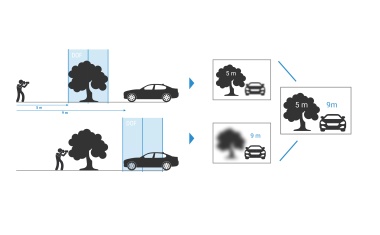
Optical Metrology Technology: Focus-Variation and its Advanced Extensions
Basics of Measurement Technology
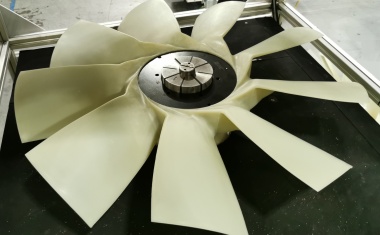
A New Approach to Fan Inspection
Reliable Quality Control during the Production of Fans for Diesel Engines
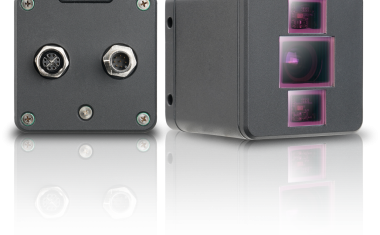
Time of Flight Method Ensures Depth Perception
Shape Recognition, Object Positioning, and Distance Measurements in Logistics

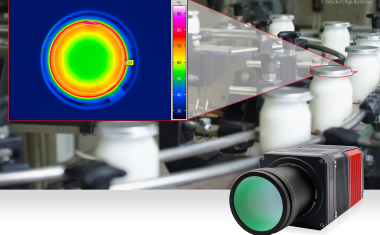
MWIR system camera for continuous industrial operation
Entry into infrared imaging






